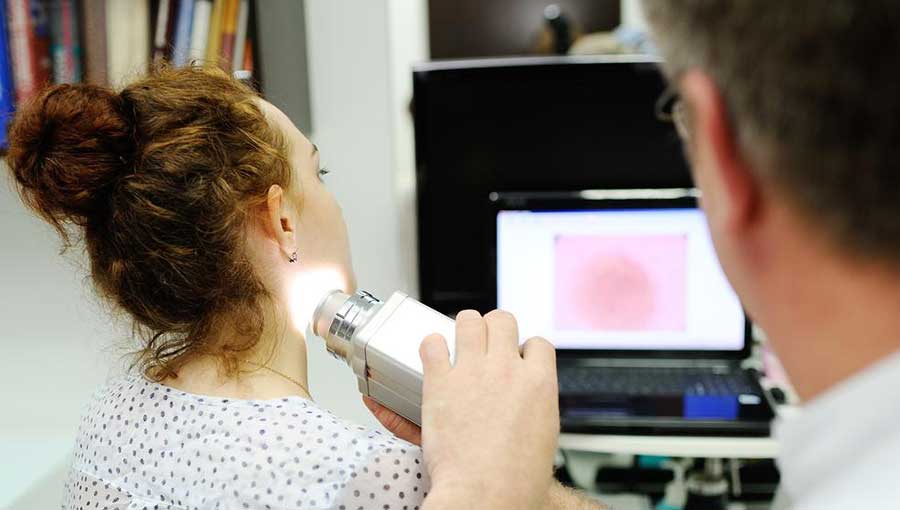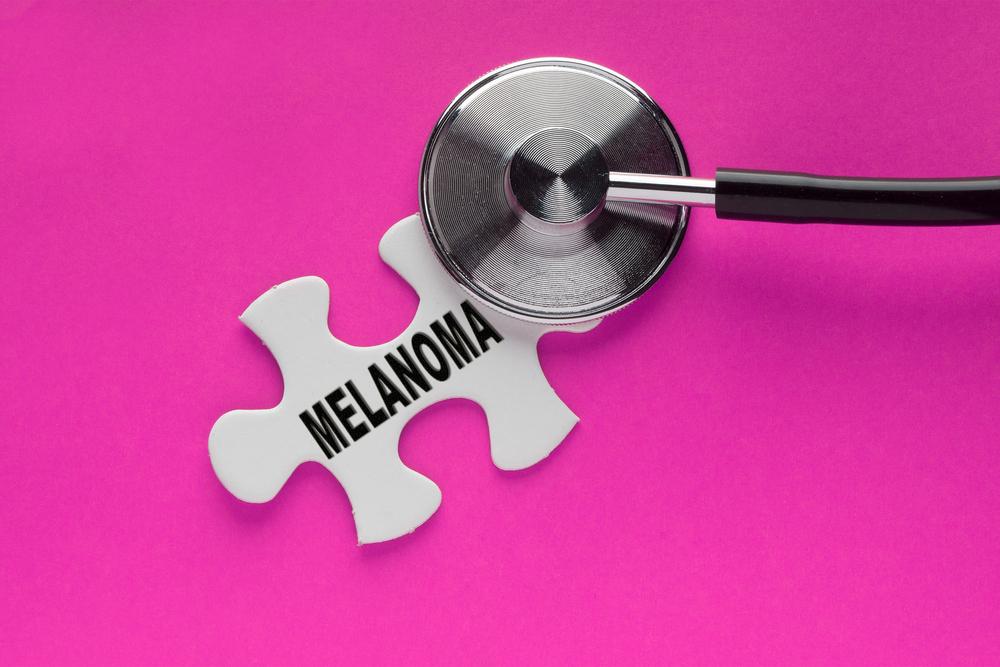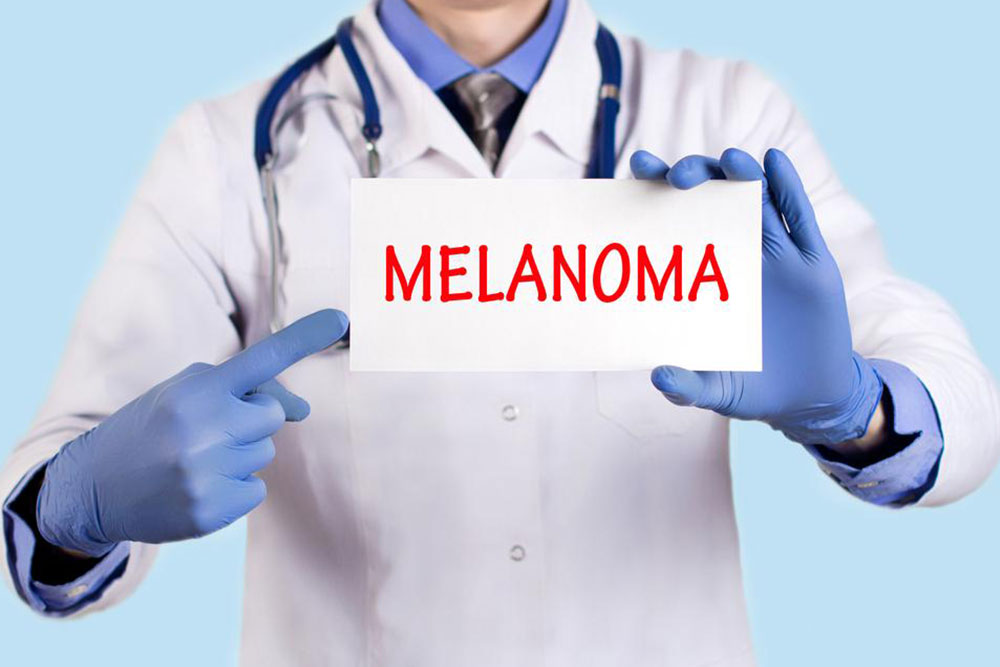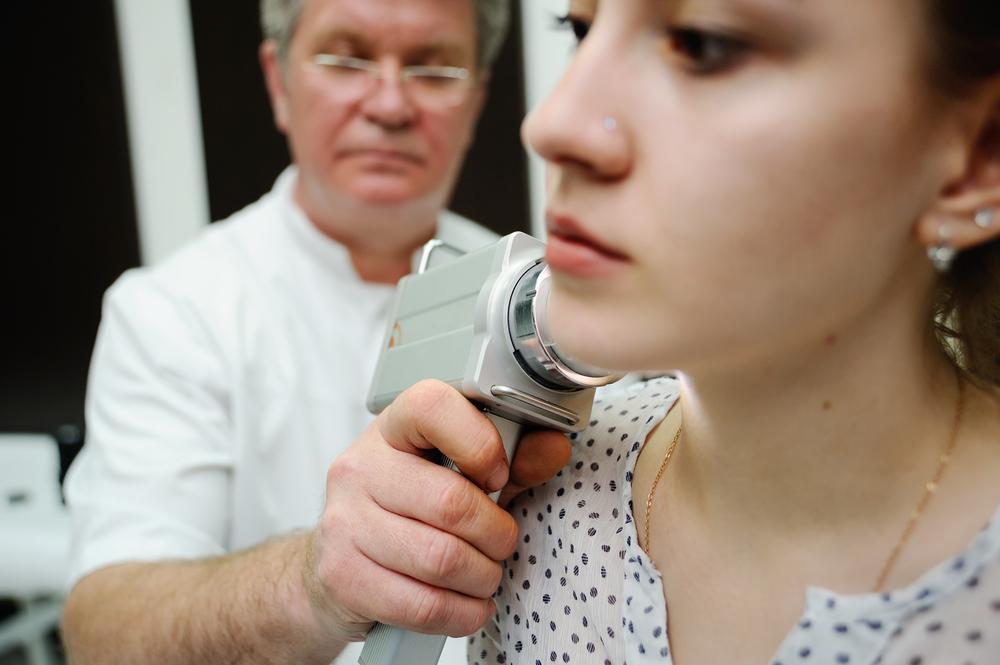Recognizing Early Indicators of Melanoma Skin Cancer
Early detection of melanoma is crucial for effective treatment. Recognize warning signs using the ABCDE criteria, such as asymmetry, irregular borders, color variations, size over 6mm, and changes over time. Regular skin self-examinations and consulting a dermatologist can save lives. Familiarity with melanoma images and symptoms aids early diagnosis, ensuring prompt medical intervention and better outcomes.

Recognizing Early Indicators of Melanoma Skin Cancer
Maintaining awareness of your skin’s health year-round is crucial. Any changes in the skin’s appearance—such as new sores, unusual moles, lumps, or blemishes—should be carefully observed. These symptoms can be associated with skin cancers like melanoma. Regular self-checks help detect suspicious lesions early, facilitating prompt medical intervention. Recognizing warning signs is vital for early diagnosis and treatment of melanoma. Using visual aids and understanding the ABCDE criteria can aid in identifying concerning changes in your skin.
Key Warning Signs
Comparing your moles and spots to images of melanoma can improve recognition. The earliest sign often appears as a new spot or an existing one that changes in color, shape, or size.
The abnormal spot may stand out due to its appearance compared to other moles on your skin. This is known as the "Ugly Duckling Sign." The ABCDE guidelines help identify melanoma potential through five criteria:
A for Asymmetry – One half of a mole or lesion looks different from the other.
B for Border – Edges are irregular, ragged, or blurred.
C for Color – The pigmentation varies across the lesion, with shades of black, brown, pink, red, blue, or white.
D for Diameter – The lesion exceeds 6 mm in size, but smaller spots can also be malignant.
E for Evolving – Changes in shape, color, or size over time.
Treatment options for melanoma depend on the stage and may include surgery, immunotherapy, chemotherapy, or targeted medications. Early detection through vigilant skin checks increases treatment success rates. Familiarity with melanoma images and warning signs helps in early identification. When in doubt, consult a healthcare professional immediately.
Important Note:
Our blog offers diverse information, aiming to inform and educate readers. While we base our articles on research and reliable data, they are not intended as definitive medical advice. Always seek a professional opinion for health concerns. We cannot guarantee the accuracy of external data or offers referenced elsewhere.










